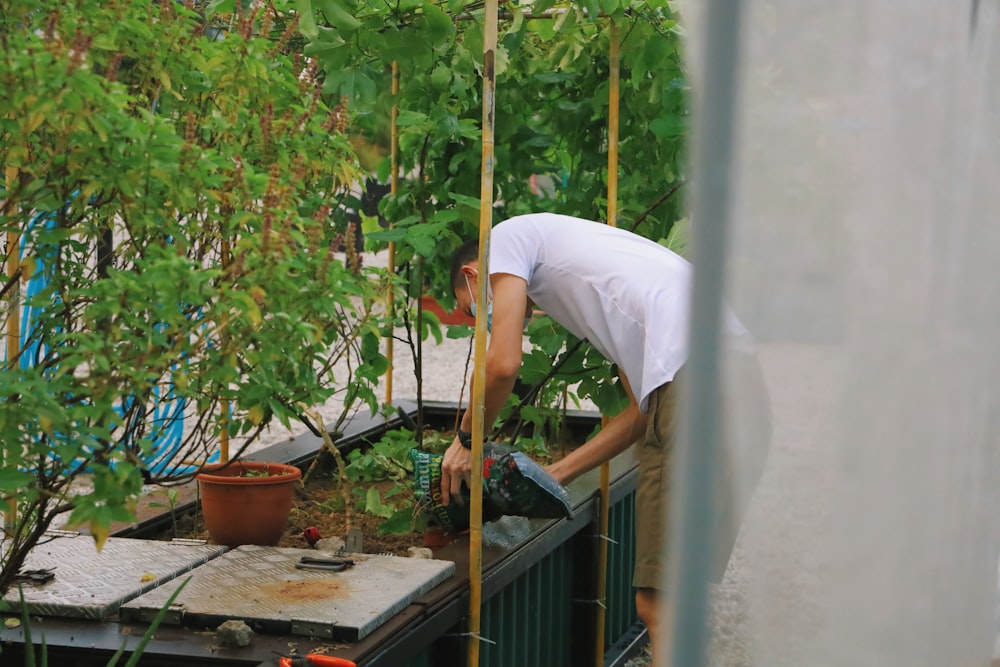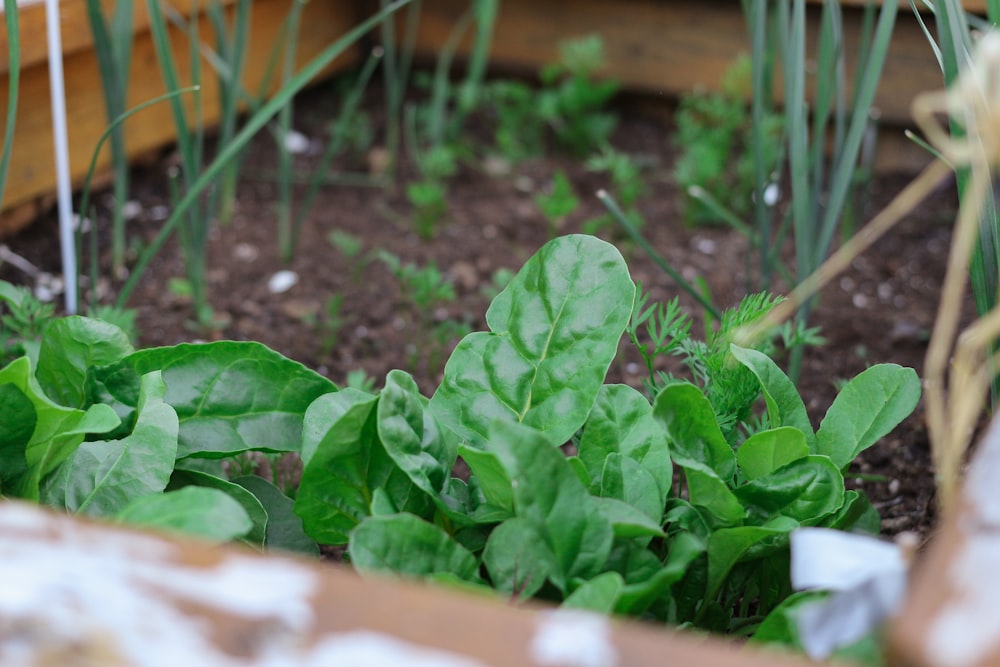In an era marked by an ever-growing awareness of sustainable living and a desire to reconnect with the sources of our food, urban farming has emerged as a revolutionary movement that is transforming the way we think about urban landscapes. Once confined to rural areas, agriculture is now taking root in the heart of cities, empowering urbanites to grow their own fresh produce and embrace a more self-sufficient and eco-friendly lifestyle.
The Benefits of Urban Farming
Urban farming offers a multitude of benefits that extend far beyond the simple act of cultivating crops. By growing their own food, city dwellers can ensure access to nutrient-rich, pesticide-free produce, promoting better health and well-being. Additionally, urban agriculture fosters a deeper connection with the natural world, allowing individuals to gain a greater appreciation for the cycles of life and the importance of environmental stewardship.
Beyond the personal benefits, urban farming contributes to the creation of more sustainable and resilient communities. By reducing the carbon footprint associated with food transportation and minimizing reliance on industrialized agriculture, urban farming plays a vital role in mitigating the effects of climate change and promoting a circular economy.

Innovative Approaches to Urban Cultivation
The rise of urban farming has given birth to a myriad of innovative approaches that cater to the unique challenges and constraints of city living. From vertical farming and rooftop gardens to community-supported agriculture (CSA) and guerrilla gardening, the possibilities are as diverse as the urban landscapes themselves.
Vertical farming, for instance, utilizes cutting-edge hydroponic and aeroponic systems to grow crops in stacked layers, maximizing space and efficiency while minimizing water and soil usage. This technique is particularly well-suited for dense urban environments, where land is scarce and traditional farming methods may not be feasible.
Rooftop gardens, on the other hand, transform underutilized spaces into lush, productive oases. By repurposing rooftops, urbanites can cultivate a wide variety of fruits, vegetables, and herbs, while also contributing to the reduction of the urban heat island effect and providing valuable habitats for pollinators.

For those with limited space or resources, community-supported agriculture (CSA) offers a collaborative approach to urban farming. Through CSA programs, individuals can purchase shares in local urban farms, receiving a weekly or monthly supply of fresh, seasonal produce while supporting sustainable agricultural practices within their communities.
Guerrilla gardening, a more unconventional approach, involves the cultivation of edible plants in abandoned or neglected public spaces, often without explicit permission. This grassroots movement not only promotes food sovereignty but also fosters a sense of community ownership and environmental stewardship.
Fostering a Sustainable Future
The rise of urban farming is not merely a passing trend; it represents a profound shift in our relationship with food and the environment. By embracing this movement, cities can become more self-sufficient, resilient, and sustainable, while empowering individuals to take an active role in shaping the food systems that nourish their communities.
Moreover, urban agriculture offers a unique opportunity to educate and inspire the next generation of environmental stewards. By involving children and youth in urban farming initiatives, we can cultivate a deeper understanding of the importance of sustainable practices and foster a lifelong appreciation for the natural world.

As cities continue to grow and evolve, the integration of urban farming will become increasingly crucial for ensuring food security, promoting environmental sustainability, and fostering a greater sense of community resilience. By embracing this movement, we can create vibrant, productive urban landscapes that nourish both the body and the soul, while paving the way for a more sustainable and equitable future for all.


Comments